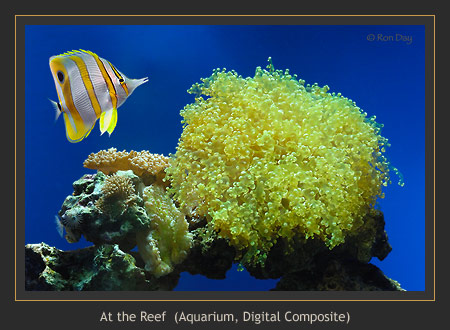|
Disclosure and Game Farm Photography © 2012 Ron Day Wildlife game farms are available in many parts of the country. They offer photographers the opportunity to photograph a variety of captive, often exotic, wild animals in a natural setting, at a fraction of the time and cost of finding and photographing the animals in the wild. In a couple of days at a game farm, a competent photographer can produce excellent, even stunning images of wildlife; images, which would draw admiration if taken in the wild. Realistic photographs of these animals are becoming prevalent in the marketplace.
When viewing
a photograph of an undisclosed game farm animal in a magazine, the reader likely
assumes the picture was taken in the wild. Consequently, the marketing and
publishing of photographs of game farm animals, and captive animals generally,
raises ethical
questions about disclosure.
Confronting the issue, the North American Nature Photography Association (NANPA), for the purpose of
maintaining integrity and trust among nature photographers, photo users and the
public, has adopted a Truth
in Captioning Statement "suggesting" the abbreviation
"Capt" be used to identify an image of "any living creature in a
zoo, game farm, cage, net, trap, or in drugged or tethered conditions." While photographers have the right to photograph what and where they wish,
clients and the public have the right not to
be misled when those images are placed before them. Therefore, any photograph of a captive animal should be
appropriately labeled. Moreover, respect is due the skillful photographer who captures a remarkable image of
an elusive animal in the wild, and disclosure through appropriate labeling honors that belief. Until
the use of captive animals in photography is routinely and customarily
disclosed, the public will have the right to question the authenticity of
various photographic images, and the character of those who make them. |
